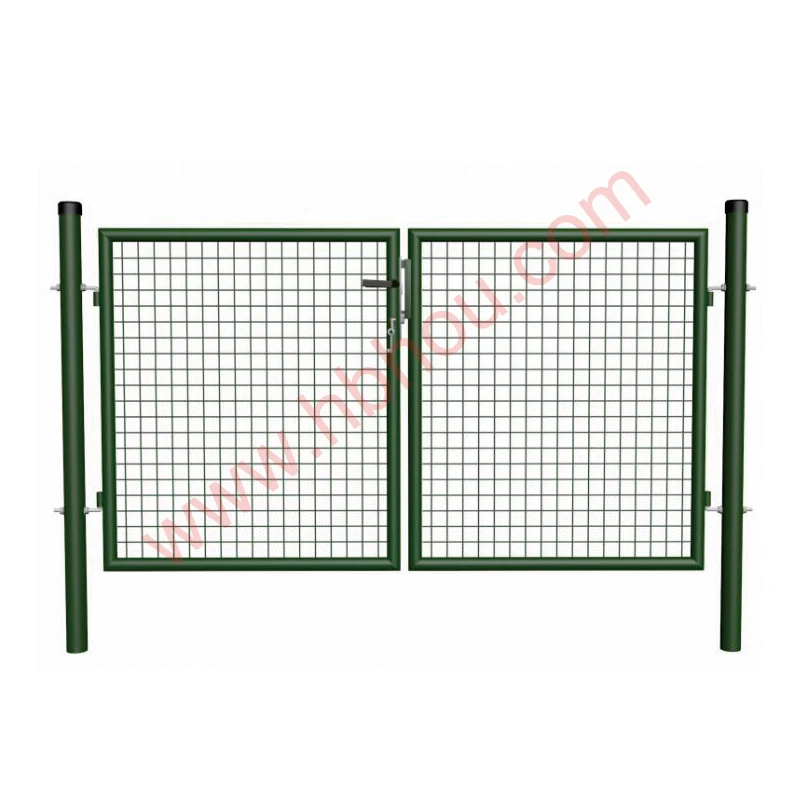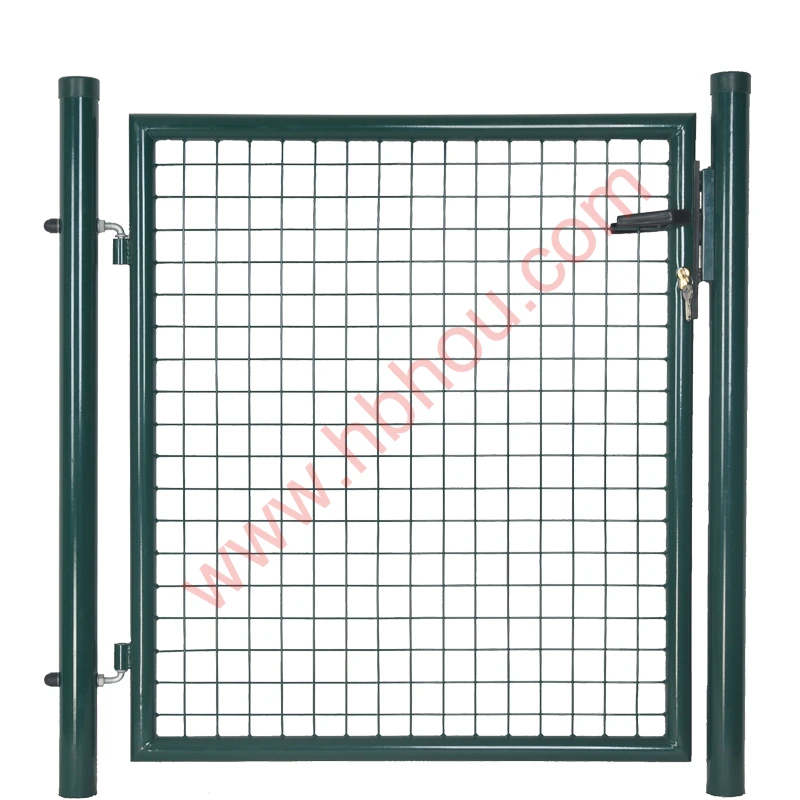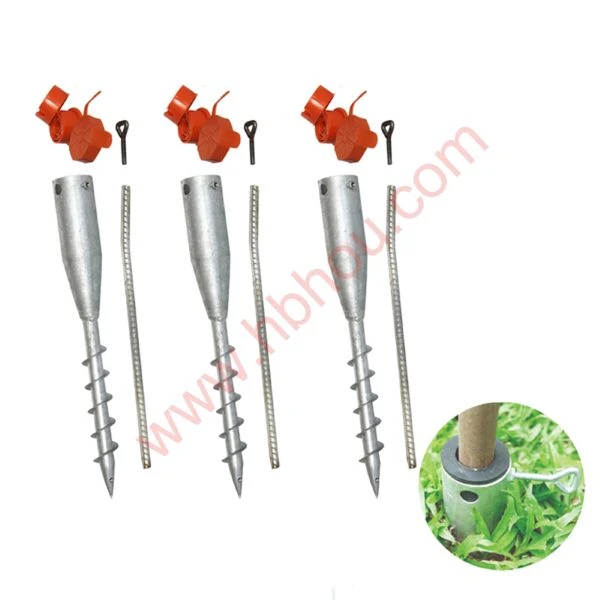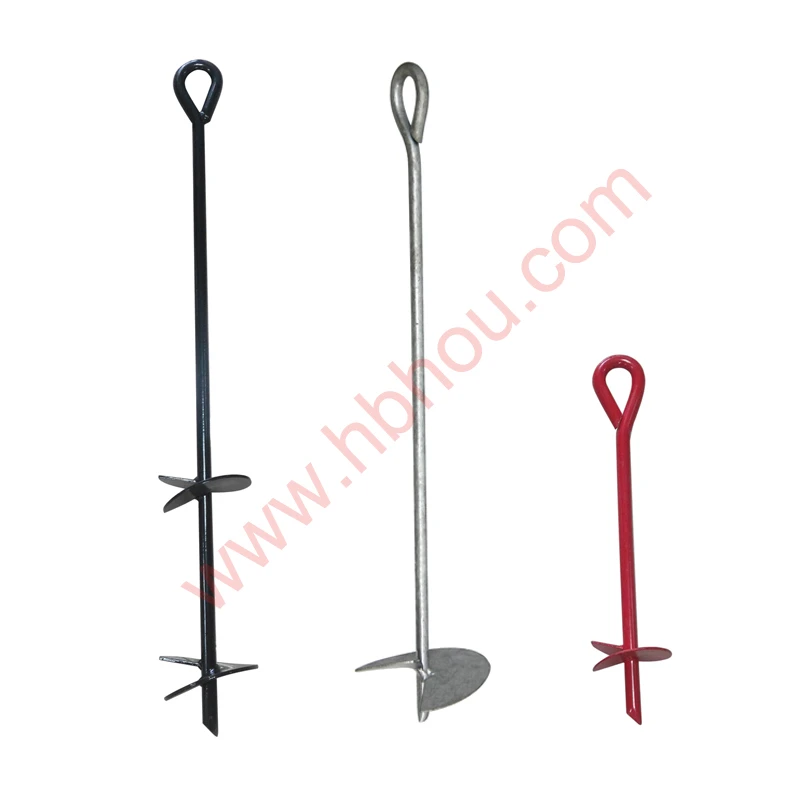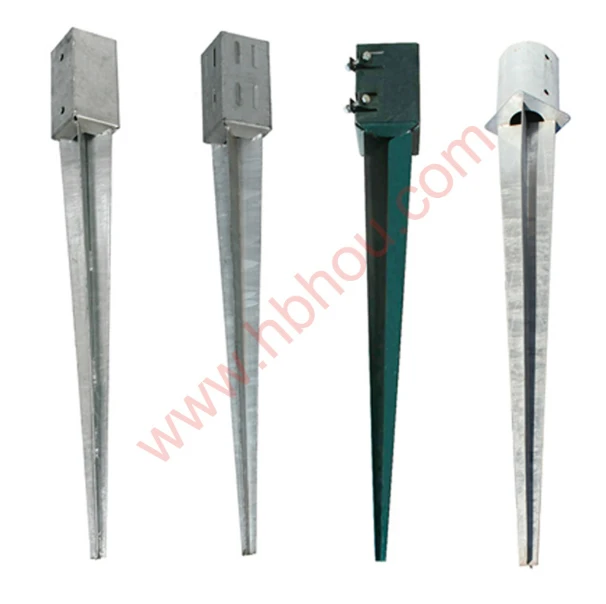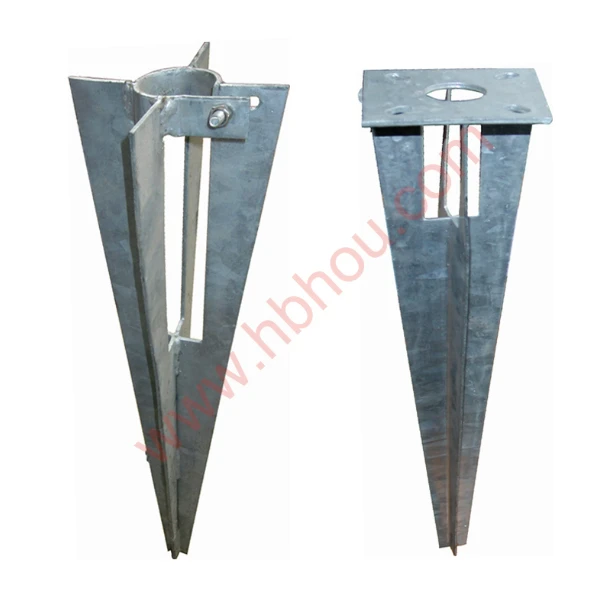Understanding Fence Post Backfill Importance and Techniques
When it comes to constructing a fence, one of the most critical aspects that often gets overlooked is the backfilling process surrounding the fence posts. Proper backfill is essential for ensuring the longevity and stability of the fence, particularly when it comes to wooden or metal posts embedded in the ground. In this article, we will delve into the significance of fence post backfill, as well as the best techniques for achieving optimal results.
The Importance of Backfilling
Backfilling is the act of replacing the earth that was removed when digging post holes. This process is crucial for several reasons
1. Stability and Support A well-packed backfill helps secure the fence post, preventing it from leaning or shifting over time due to various forces such as wind or soil movement. This stability is vital for maintaining the integrity of the fence line.
2. Water Drainage Proper backfill materials allow for effective drainage. If water accumulates around the fence post, it can lead to rot in wooden posts or rust in metal posts. A well-drained backfill also reduces the risk of soil erosion around the base of the post.
3. Aesthetic Appeal An evenly packed area around the post looks more organized and professional. A sloppy backfill can detract from the overall appearance of the fence and your property.
4. Longevity of the Fence Investing time and effort into proper backfilling can greatly extend the lifespan of the fence. This is particularly important for wooden posts, which can deteriorate quickly if exposed to excess moisture.
Techniques for Effective Backfilling
fence post backfill
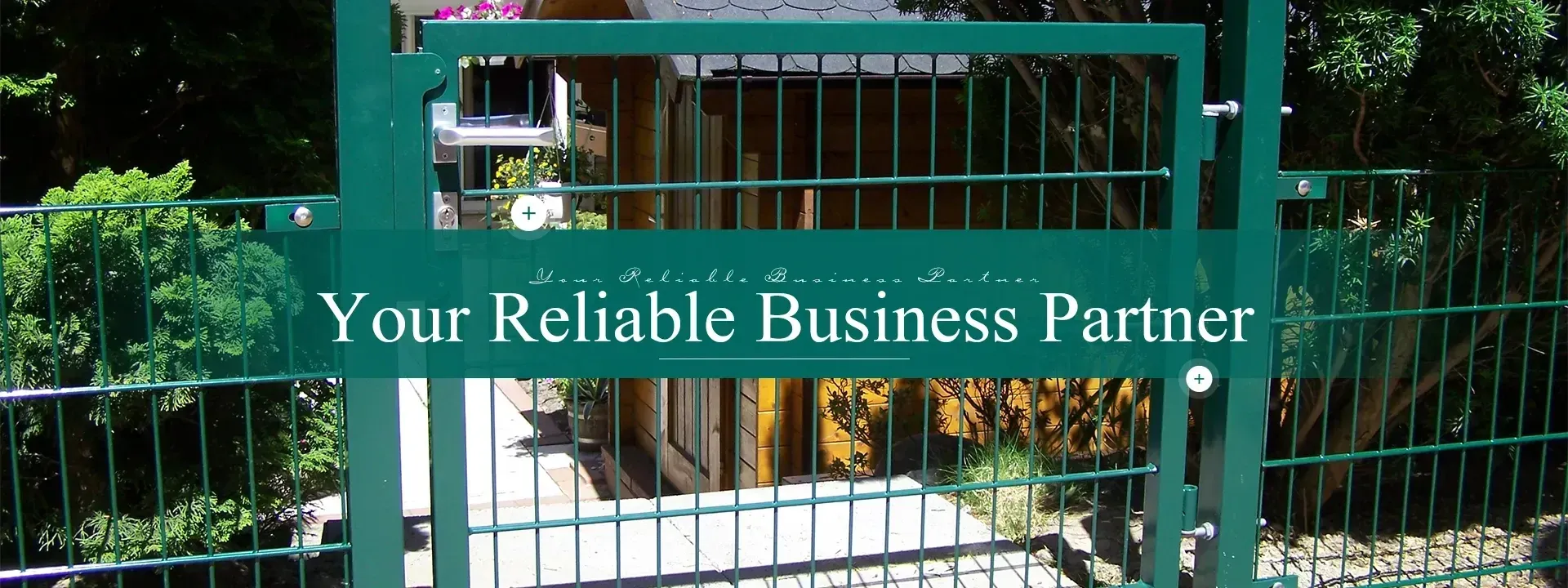
Now that we understand the importance of backfilling, let’s explore some techniques to do it effectively
1. Choosing the Right Material The choice of backfill material is critical. Typically, gravel, crushed stone, or a mix of soil and sand is used. These materials provide good drainage while supporting the post. Avoid using clay-heavy soil, as it retains water, which can be detrimental to the posts.
2. Layering the Backfill Instead of dumping the material all at once, it’s best to add the backfill in layers. After placing the post, fill the hole with about six inches of backfill material and compact it lightly. Repeat this process until the hole is filled, ensuring each layer is packed down well. This method promotes better stability and reduces air pockets that could weaken the post support.
3. Use of Concrete In certain cases, using concrete as part of the backfill can provide additional stability, especially in areas prone to high winds or soil erosion. Should you choose to use concrete, ensure it’s mixed properly and allowed to cure adequately.
4. Regular Maintenance After installing the fence and backfilling, regular checks are essential. Look for any signs of erosion or leaning posts and address any issues promptly. Over time, you might need to add more backfill to account for settling.
5. Consider Environmental Factors Finally, being aware of your local soil conditions, climate, and drainage patterns will help you choose the best materials and technique for backfilling. This preemptive approach will ensure your fence withstands the test of time.
Conclusion
Fence post backfill is more than just a filling process; it’s a fundamental step in fence construction that contributes to the overall durability and functionality of the fence. By taking the time to choose the right materials, employing effective techniques, and committing to ongoing maintenance, homeowners can ensure their fences stand strong and beautiful for years to come. Whether you’re building a new fence or replacing an old one, don’t underestimate the power of proper backfill!









